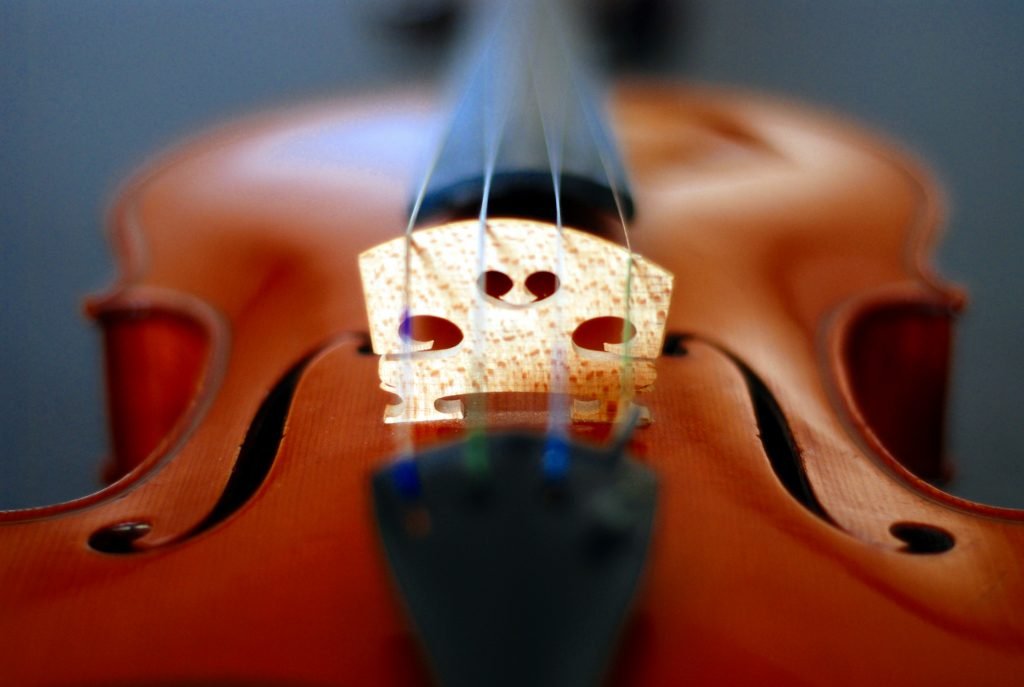What to Look for when purchasing a violin

The 3 different options available:
- Factory made Violins which are a lower quality.
- Handmade Violins made by Luthiers and can vary in value and quality.
- Violins made by Master Luthiers which are more expensive and are high in quality.
A quality violin should be made of 3 different types of wood. The top of the violin should be made of a thin-grained spruce, the fingerboard and pegs made of ebony, the back and sides of well seasoned maple.
Visit a store or workshop that will let you try a variety of violins. There’s nothing worse on the nerves than a beginner on a badly made violin.
- Play a variety of violins before you choose the one you want.
- The quality of the strings can change the sound of any violin.
- Check the violin to see if it is properly set up.
- The pegs should turn easily but not slip.
- The bridge is straight and not warped and fits properly against the curve of the violin.
- The strings are placed properly and at the proper heigth above the fingerboard.
The Correct Size
If you are buying a violin for a child it needs to be the correct size. If the instrument is the wrong size it will be difficult to play and can lead to bad habits.
Measure the arm’s length from the center of the chest to the center of the palm.
- 23″ and longer needs a 4/4 violin
- 22″ to 23″ needs a 3/4 violin
- 20″ to 22″ needs 1/2 violin
- 18.5 to 20″ needs a 1/4 violin
- 16.5″ to 18.5″ needs a 1/8 violin
- 15″ to 16.5″ needs a 1/10 violin
- 14″ to 15″ needs a 1/16 violin
- Less than 14″ needs a 1/32 violin
For an adult or older child a 4/4 violin is recommended.
As the child grows so should the size of their instrument.
Check the fit. Place your chin on the chin rest and wrap the fingers of your left hand around the scroll. There should be a slight bend to the elbow.
